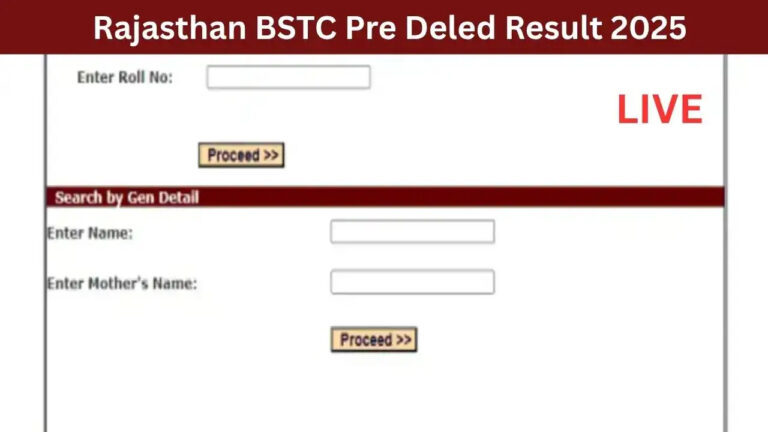Before the implementation of the 8th Pay Commission (8th CPC), there is a growing curiosity among government employees and pensioners about the ‘fitment factor’. This factor will decide how much their current salary will increase. Although the final report of the 8th Pay Commission will take some time, before that it is important to understand on what basis the 7th Pay Commission (7th Pay Commission – 7th CPC) decided the fitment factor of 2.57. Why was it not kept at 2.5 or 2.8? This interesting mathematics will help you understand the possibilities of your salary increase.
How did the ‘mysterious’ fitment factor of 2.57 come out

The 7th Pay Commission recommended that the minimum salary of ₹ 7000 applicable under the 6th Pay Commission be multiplied by 2.57. This has resulted in the new minimum wage being ₹ 18,000. This calculation was not just a simple increase but there was a comprehensive analysis and cost structure behind it. The 7th Pay Commission fixed the minimum wage based on the recommendations of the 15th Indian Labour Conference (ILC) of 1957. Under this, the cost of necessities of a family (three members) such as cereals, pulses, vegetables, fruits, milk, sugar, meat, etc. was fixed at ₹ 9217.99. Other expenses were also added to this:
water, Fuel, electricity: ₹ 2304.50
festivals, Marriage, entertainment: ₹ 2033.38
Education and skill development: ₹ 3388.97
Housing expenses: ₹ 524.07
The total of all these comes to ₹ 17,468.91. To this, an additional 3% of dearness allowance (DA) (as per the estimate of 125%) i.e. ₹ 524.07 was added. Thus, the total amount was ₹ 17,992.98, which was rounded off to ₹ 18,000. This detailed calculation shows that the 7th Pay Commission had considered every aspect in depth.
How was the fitment factor decided
The 7th Pay Commission had decided that the salary (pay band + grade pay) of the employee at any level on 1 January 2016 will be multiplied by 2.57 to determine the new salary structure. Out of this 2.57, 2.25% was shown as the merger of dearness allowance and basic salary. The rest was considered as the actual salary increase. This simple formula makes the calculation of salary increase easy for employees.
What is the ‘fitment factor’

The fitment factor is a multiplier that is multiplied by the existing basic salary to determine the revised salary under the new pay commission. In a way, it is an indicator of how much the total salary of the employees will increase. In this, the new salary is calculated jointly by adding dearness allowance (DA), basic salary, and some additional allowances. For example, if the current basic salary of an employee is ₹ 10,000 and the fitment factor is 2.57, then the new salary will be ₹ 25,700. This factor is an important measure of salary increase for employees.
How much will the fitment factor be
The government has approved the 8th Pay Commission in January 2025. Now all eyes are on the composition of the members of the Pay Commission, which is expected to be announced this month. Central employees and pensioners are keenly watching how much fitment factor can be prepared in the 8th Pay Commission. According to Apart, this time the fitment factor is expected to be at least 1.92 to 2.86. This potential increase can bring significant relief to employees and pensioners.










